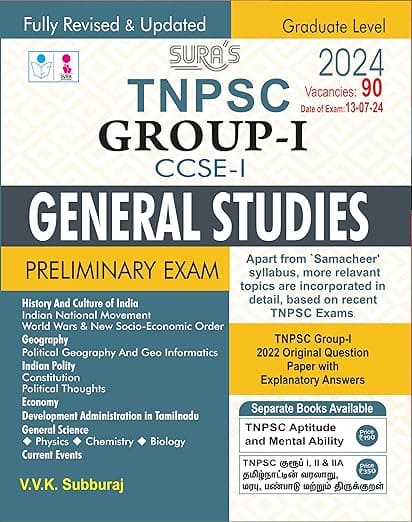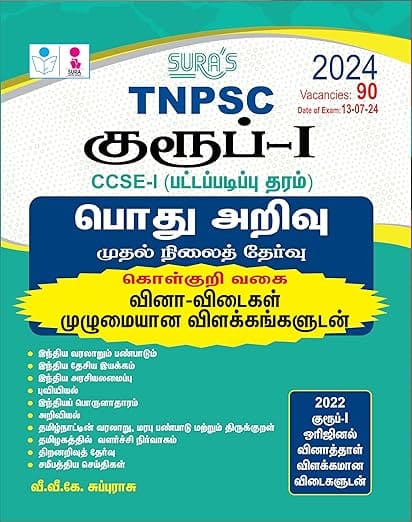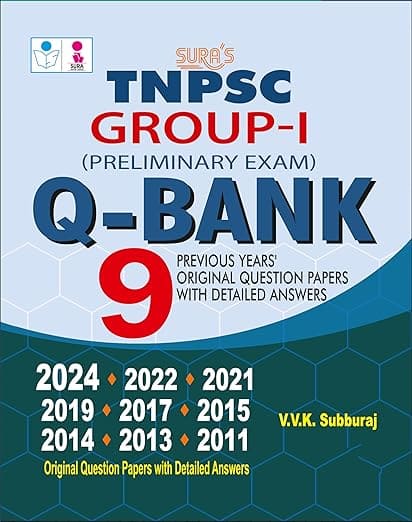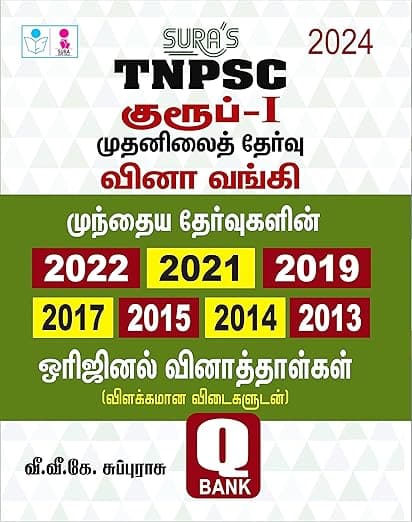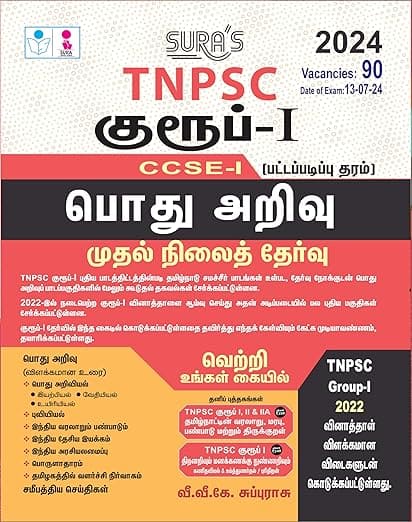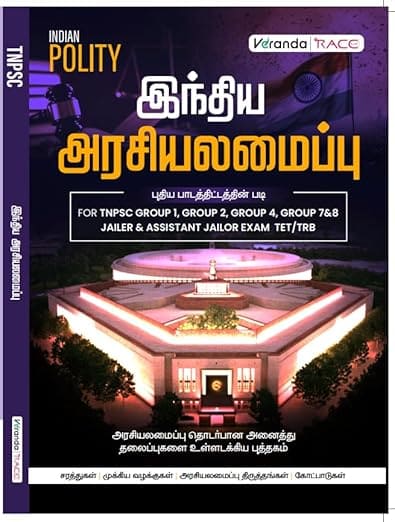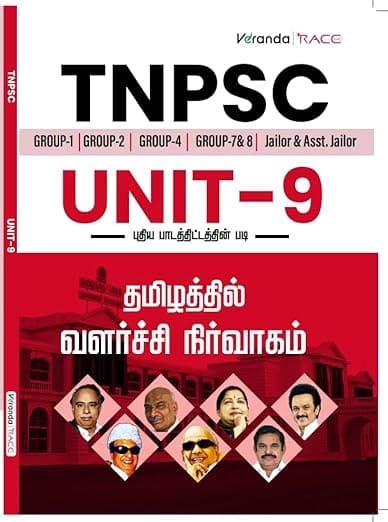Vanchinathan and Ashe Murder
Repression of the Swadeshi efforts in Tuticorin and the subsequent arrest and humiliation of the swadeshi leaders generated anger among the youth. A plan was hatched to avenge the Tirunelveli event. A sustained campaign in the newspapers about the repressive measures of the British administration also played a decisive role in building people’s anger against the administration.
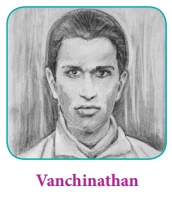
In June 1911, the collector of Tirunelveli, Robert Ashe, was shot dead at Maniyachi Railway station by Vanchinathan. Born in the Travancore state in 1880, he was employed as a forest guard at Punalur in the then Travancore state. He was one of the members of a radical group called Bharata Mata Association. The aim of the association was to kill the European officers and inspire Indians to revolt, which they believed would eventually lead to Swaraj. Vanchinathan was trained in the use of a revolver, as part of the mission, by V.V. Subramaniam in Pondicherry.
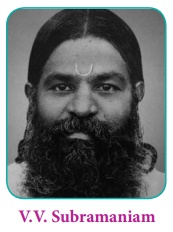
After shooting Ashe at the Maniyachi Junction, Vanchinathan shot himself with the same pistol. A letter was found in his pocket which helps to understand the strands of inspiration for the revolutionaries like Vanchinathan.
The aftermath of the Assassination
During the course of the trial, the British government was able to establish that V.V.S and other political exiles in Pondicherry were in close and active association with the accused in the Ashe murder conspiracy. The colonial administration grew more suspicious with the Pondicherry groups and their activities. Such an atmosphere further scuttled the possibility of nationalistic propaganda and their activities in Tamil Nadu. As a fall-out of the repressive measure taken by the colonial government, the nationalist movement in Tamil Nadu entered a period of lull and some sort of revival happened only with the Home Rule Movement in 1916.

